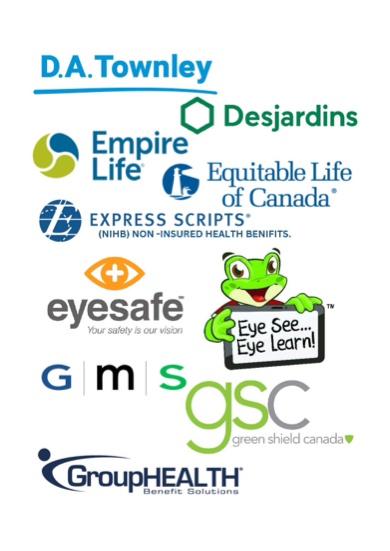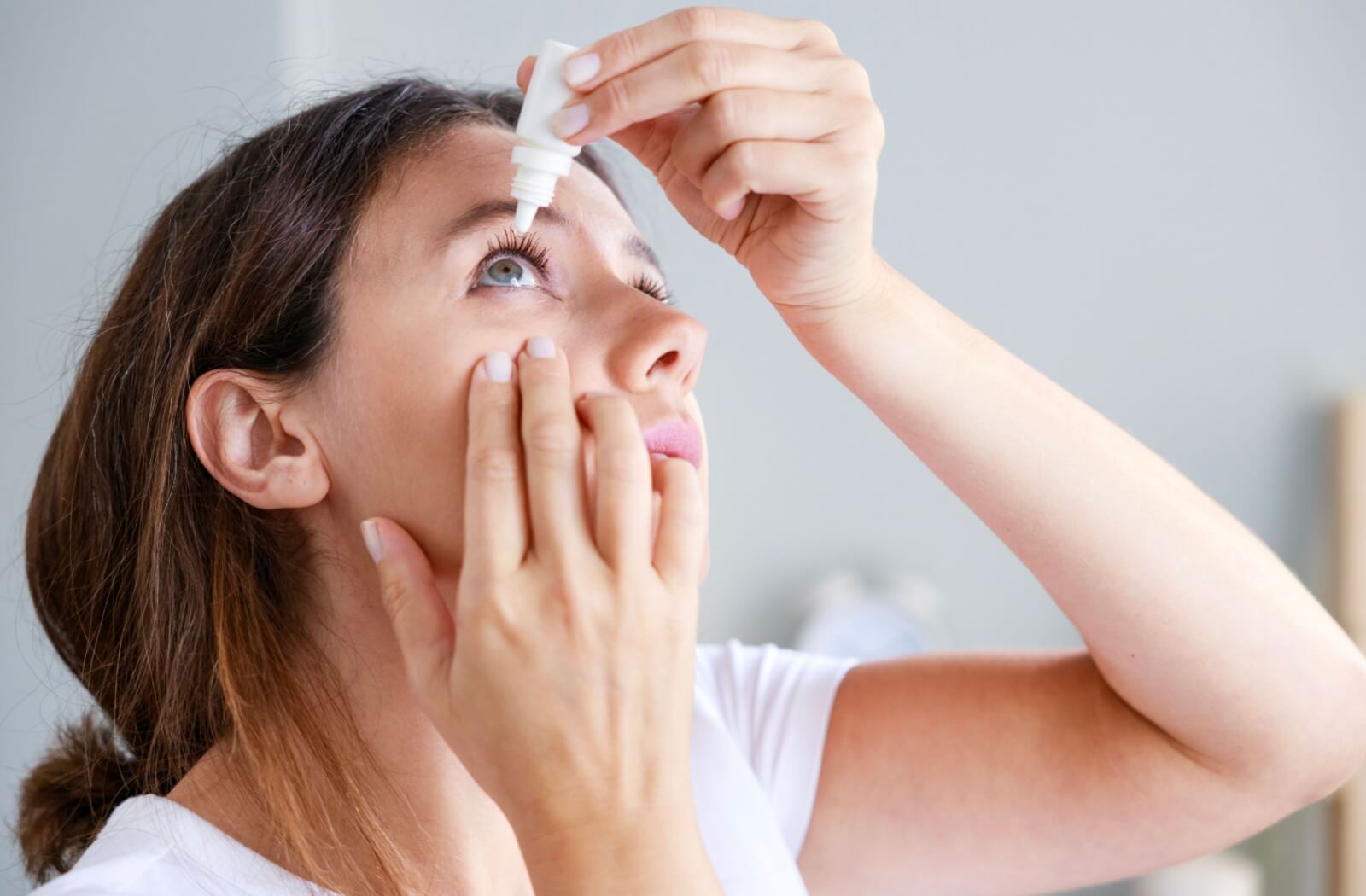Glaucoma, a group of eye conditions characterized by high internal eye pressure, often develops slowly and subtly. If left unattended, glaucoma can lead to permanent vision loss. Early intervention is key to preserve your vision in the long run.
There are 4 main types of glaucoma:
- Open-angle
- Closed-angle
- Secondary
- Congenital
You should visit your optometrist at least once every 2 years to get checked for conditions like glaucoma. If you have a family history of eye conditions, it is recommended to see your optometrist more often.
What Is Glaucoma?
Glaucoma is a group of different eye conditions that lead to vision loss by damaging the optic nerve. This damage is usually caused by an increase in intraocular pressure (IOP), which is a term for the fluid pressure in your eyes.
Your eyes are full of a clear fluid called aqueous humour. This fluid flows into the eyes, carrying along the essential nutrients your eyes need to stay healthy. Then, the fluid leaves through a natural drainage angle. It’s like a natural plumbing system.
When this drainage system works properly, your intraocular pressure remains stable. However, sometimes this system doesn’t function properly. Though the cause can vary, it’s often due to a problem with the drainage angle when the fluid can’t leave as it needs to. The build-up in fluid then causes increased pressure in the eye and harms the optic nerve over time. Untreated, high eye pressure can cause glaucoma and lead to permanent vision loss, often beginning with your peripheral sight.
There are various types of glaucoma, each with its own identifiable characteristics, but most show no early symptoms. That’s why it’s important to see your optometrist regularly.
Open-Angle Glaucoma
Open-angle glaucoma is the most common type of the disease. It develops when the drainage angle in the eye is partially blocked while still allowing some fluids to leave. This results in a gradual increase in your eye pressure.
This can be complicated, as open-angle glaucoma rarely showcases any symptoms while developing. The damage is slow, subtle, and gradual, eventually putting more pressure on the optic nerve. At first, it causes the loss of your peripheral vision, and this can easily be overlooked. Due to this, open-angle glaucoma is often referred to as “the silent thief of sight.”
Eventually, open-angle glaucoma can cause permanent vision loss, tunnel vision, and more. Because this type progresses slowly, regular eye exams are crucial for early detection and management. Damage to the optic nerve is permanent, so it’s best to be proactive and regularly get checked for glaucoma—especially if you have a family history of this condition.
Closed-Angle Glaucoma
Closed-angle glaucoma, also known as angle-closure glaucoma, is a medical emergency. It occurs when the iris bulges forward, narrowing or blocking the drainage angle formed by the cornea and iris. This blockage leads to a sudden increase in eye pressure.
Signs of Closed-Angle Glaucoma
Seek immediate medical attention If you notice any of the following symptoms:
- Severe eye pain
- Nausea and vomiting (accompanying severe eye pain)
- Sudden onset of visual disturbance, often in low light
- Blurred vision
- Halos around lights
- Reddening of the eye
These are all signs of closed-angle glaucoma, which can result in sudden vision loss. If treated quickly, you can prevent long-lasting damage to the eye.
Secondary Glaucoma
Sometimes, the increase in intraocular pressure develops due to another condition. This is typically due to:
- Inflammation
- Infection
- Eye injuries
- Tumours
- Advanced cases of other eye conditions
Unlike other types of glaucoma, which develop on their own, secondary glaucoma is caused by another condition affecting the delicate systems within the eye. If caught early, this can usually be managed by treating the underlying condition. However, if left unaddressed, secondary glaucoma can still cause permanent vision loss.

Congenital Glaucoma
Congenital glaucoma is an extremely rare form of the disease that is present at birth. It occurs when the eye’s drainage system doesn’t develop properly, leading to increased intraocular pressure.
This can be detected soon after birth or within the first few years of life. This is one reason why it’s so essential to schedule your child’s first eye exam within the first few months after birth. Your optometrist can examine your child’s eyes for signs of conditions like congenital glaucoma.
Signs and Symptoms of Congenital Glaucoma
As a parent of a newborn, it’s crucial to keep an eye out for the following signs:
- Excessive tearing
- Sensitivity to light
- Enlarged or protruding eyes
- Cloudiness in the cornea
- Frequent blinking
If your child showcases any of these symptoms, visit your optometrist for a children’s eye exam to find out the cause.
Get Checked for Glaucoma
Glaucoma is a serious eye condition, and early intervention is key to preserving irreversible vision loss. Reach out to our team at Eyesis Eyecare to learn more about glaucoma and the steps we can take to prevent vision loss. Regular checkups help us detect early signs of eye conditions like glaucoma and mitigate risks. Request an appointment with us today, and let’s work together to preserve your vision!






































